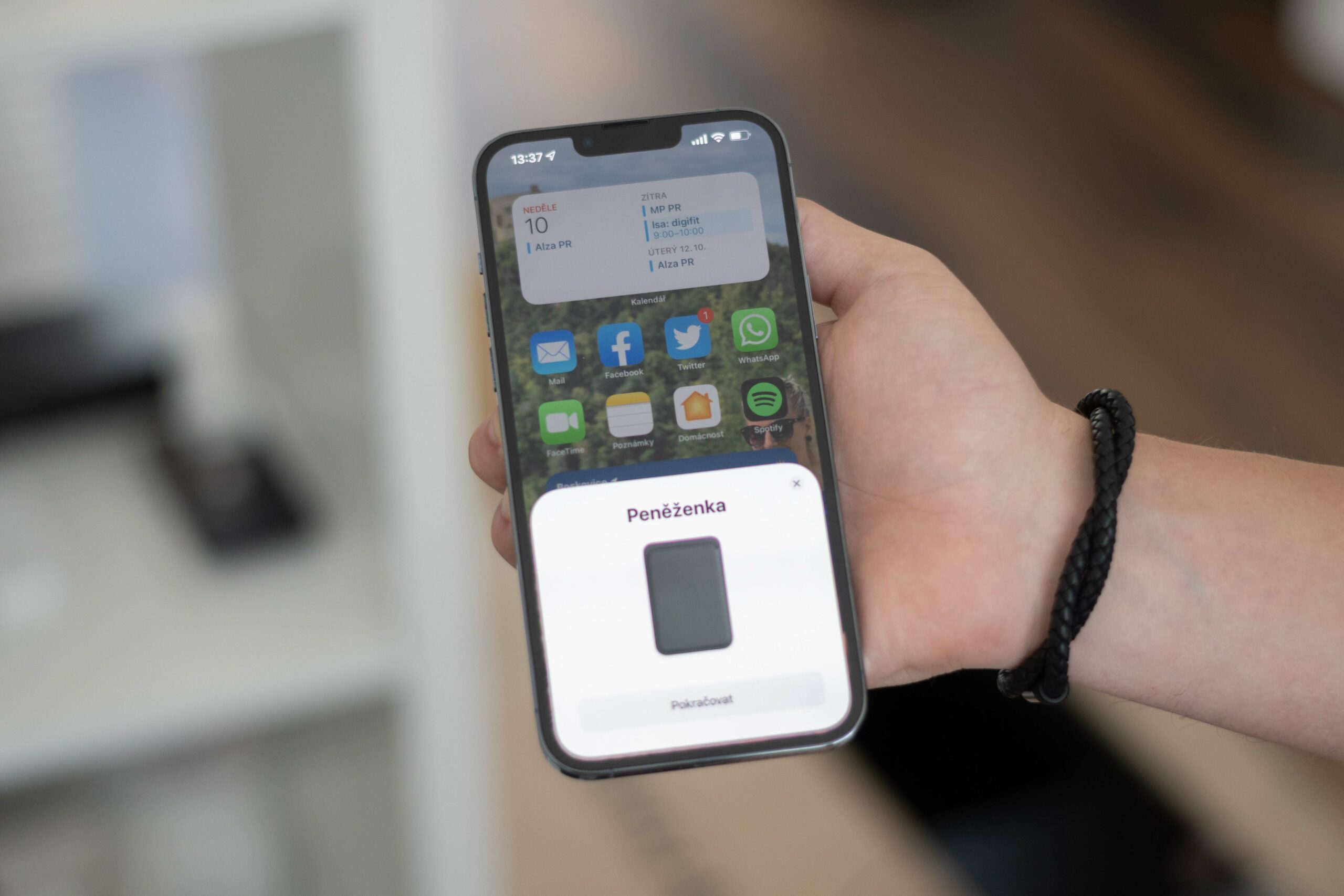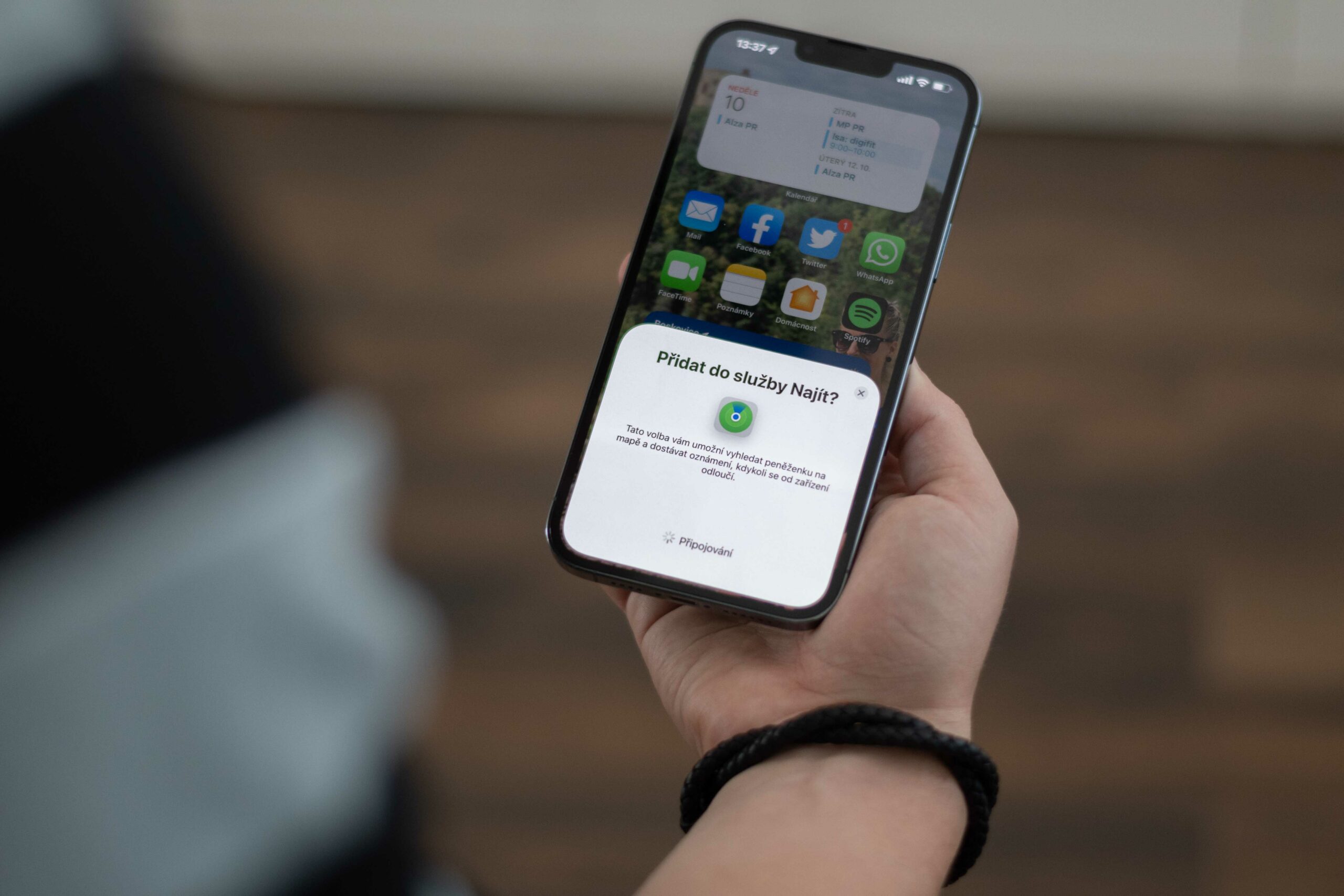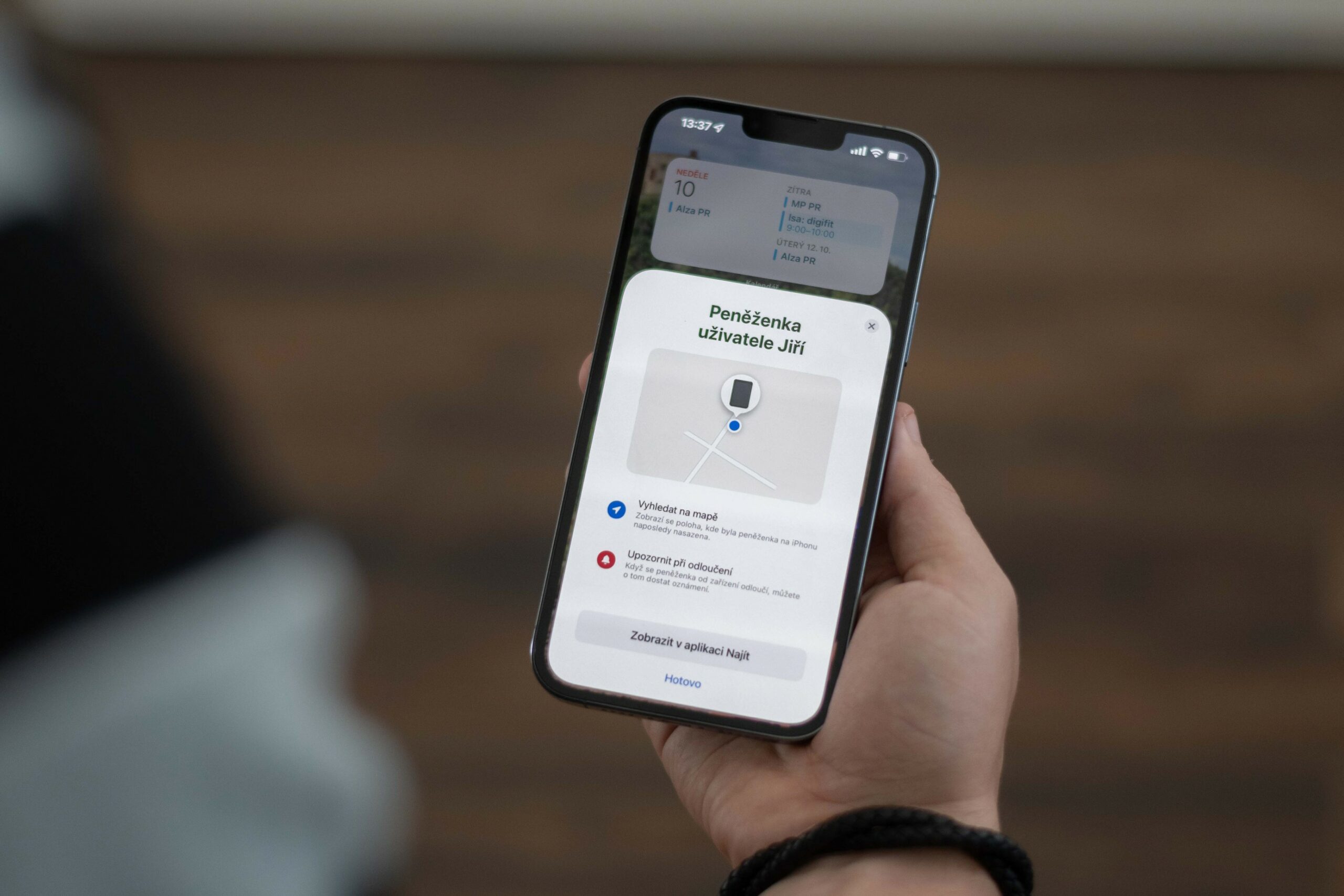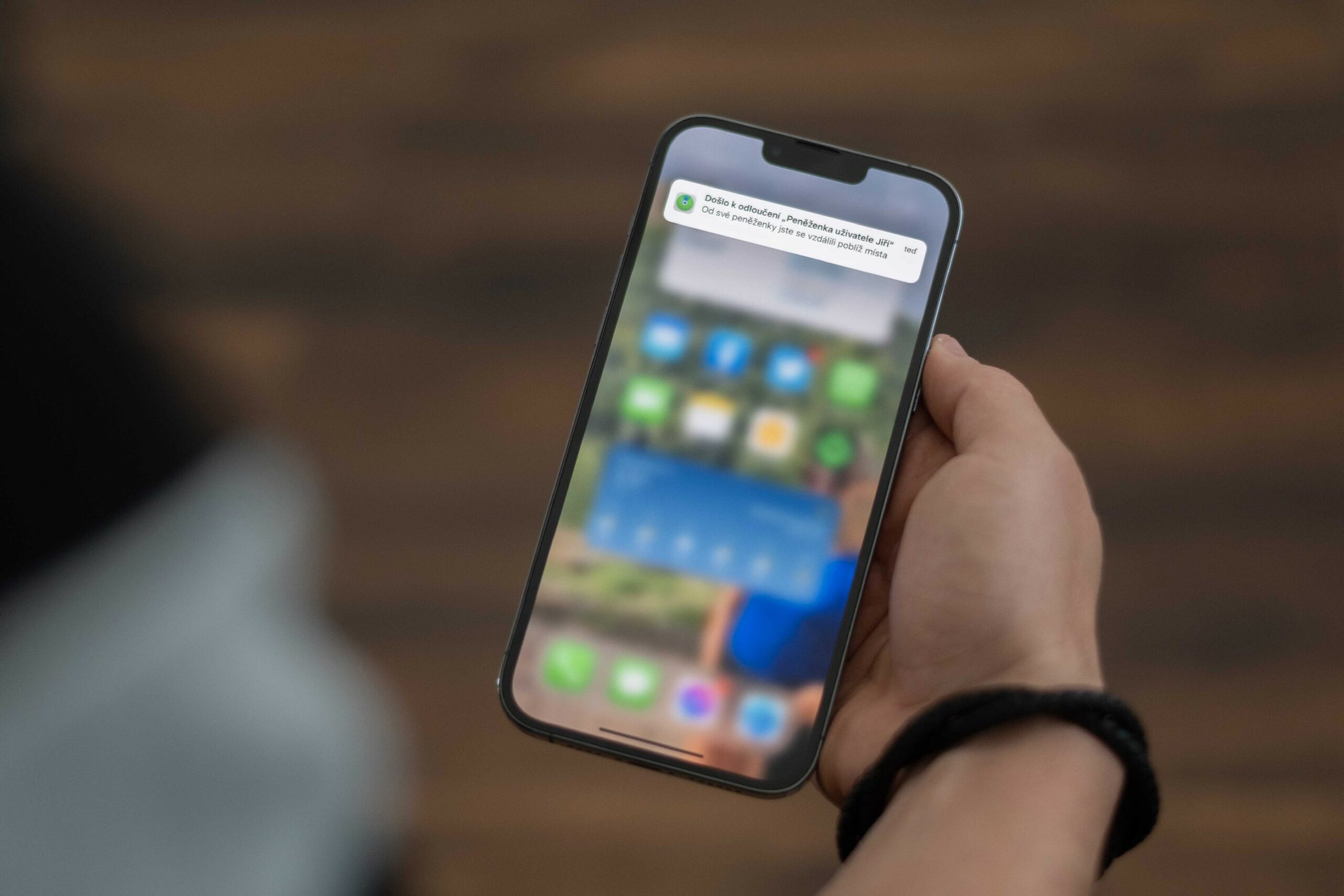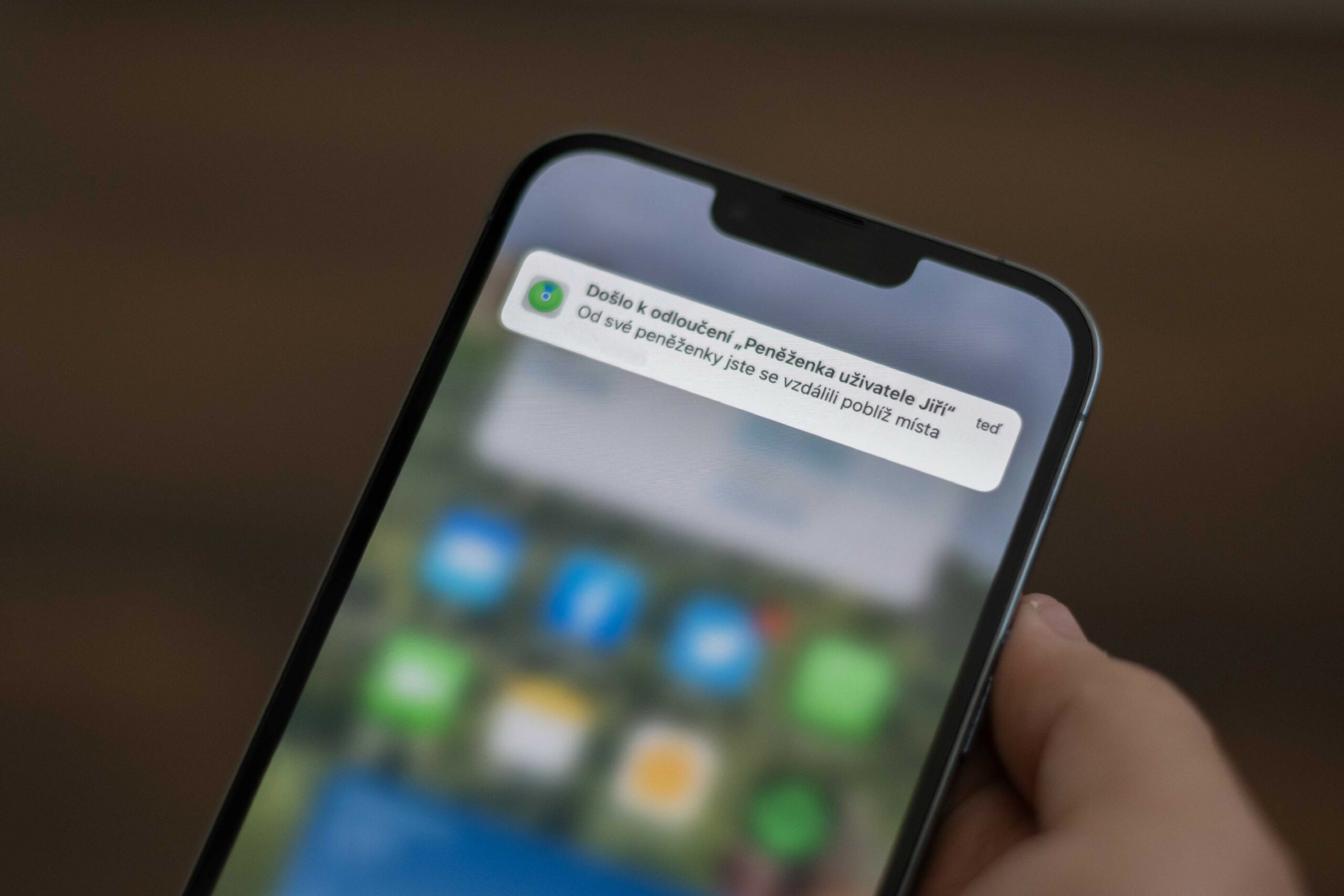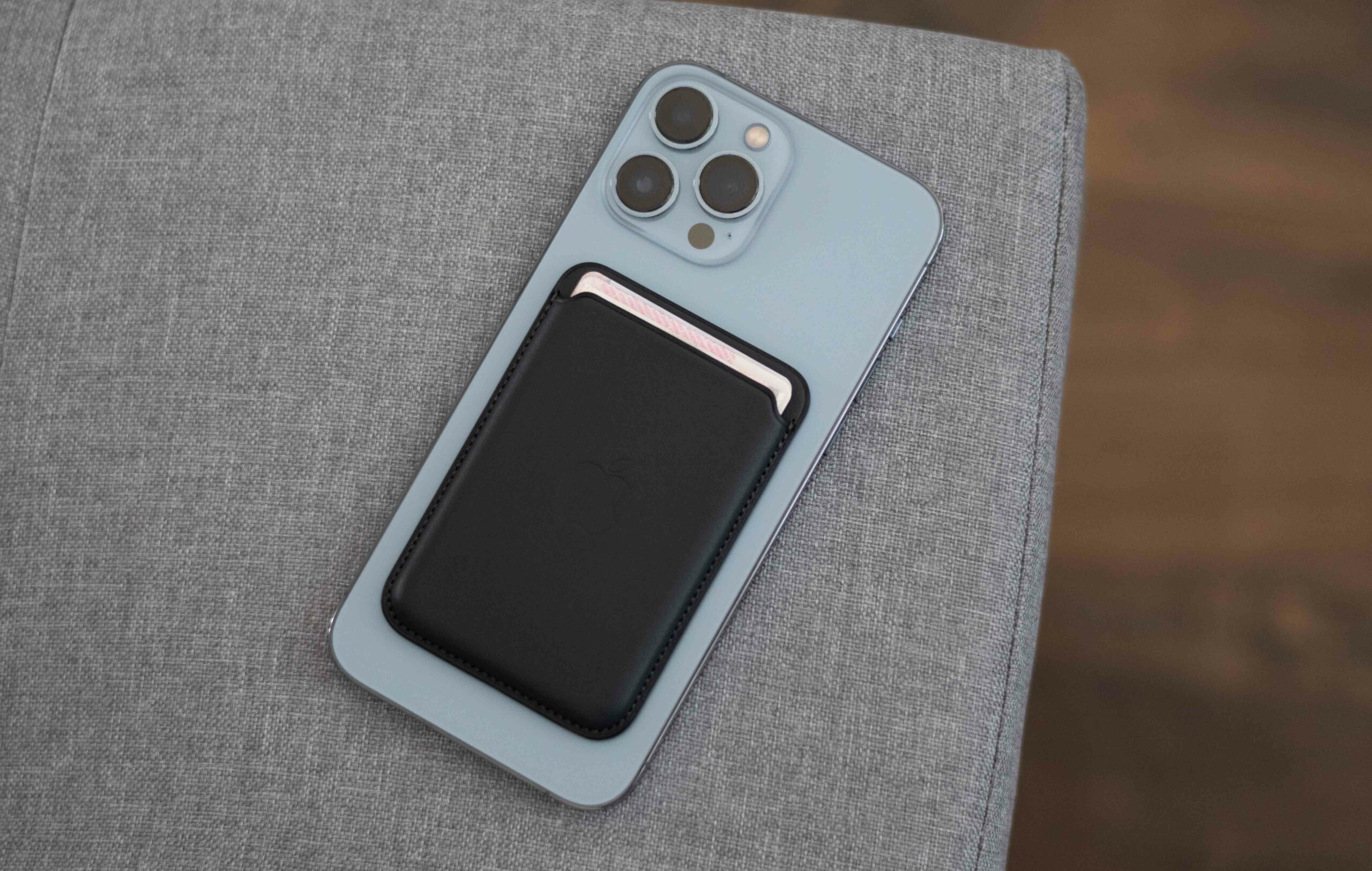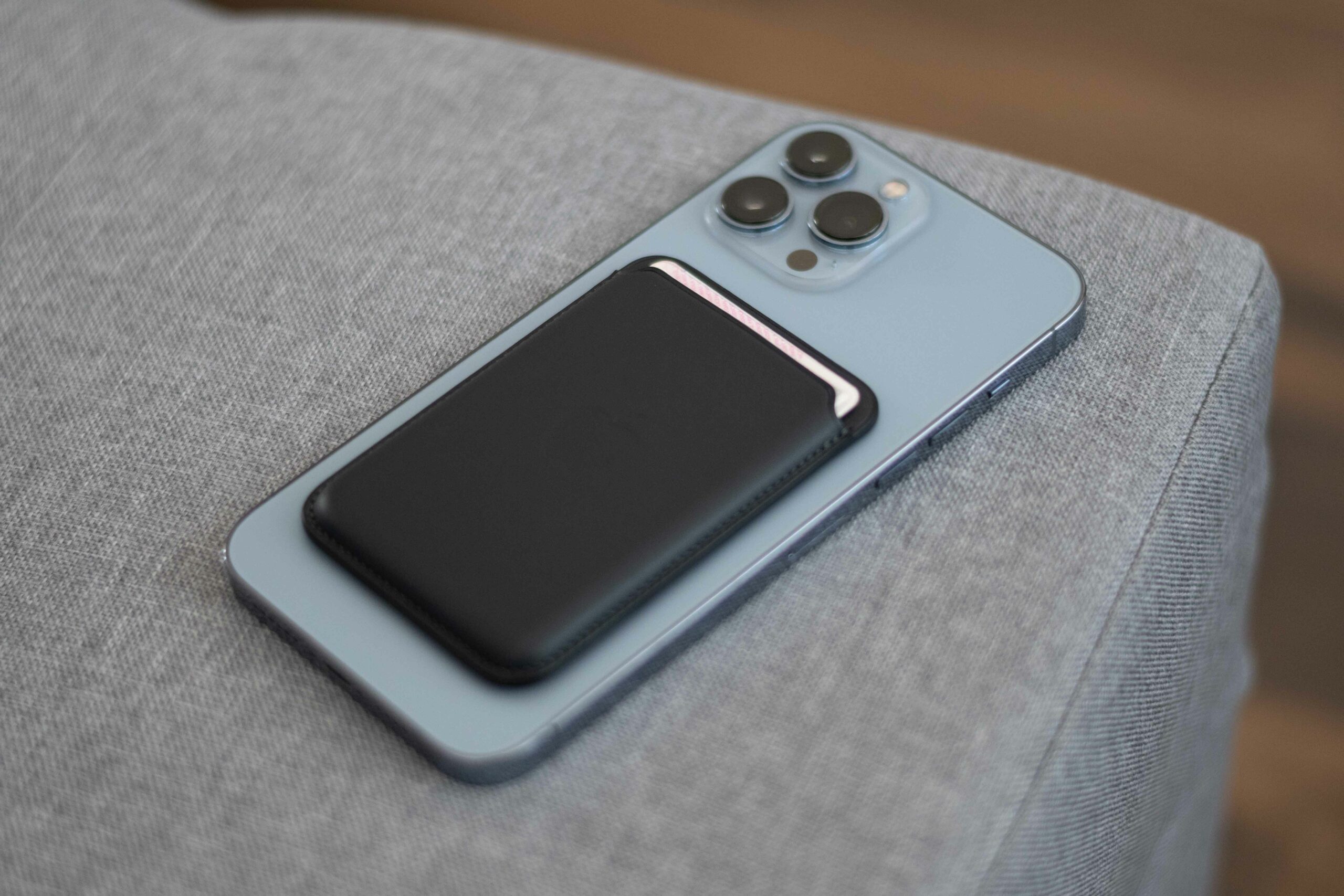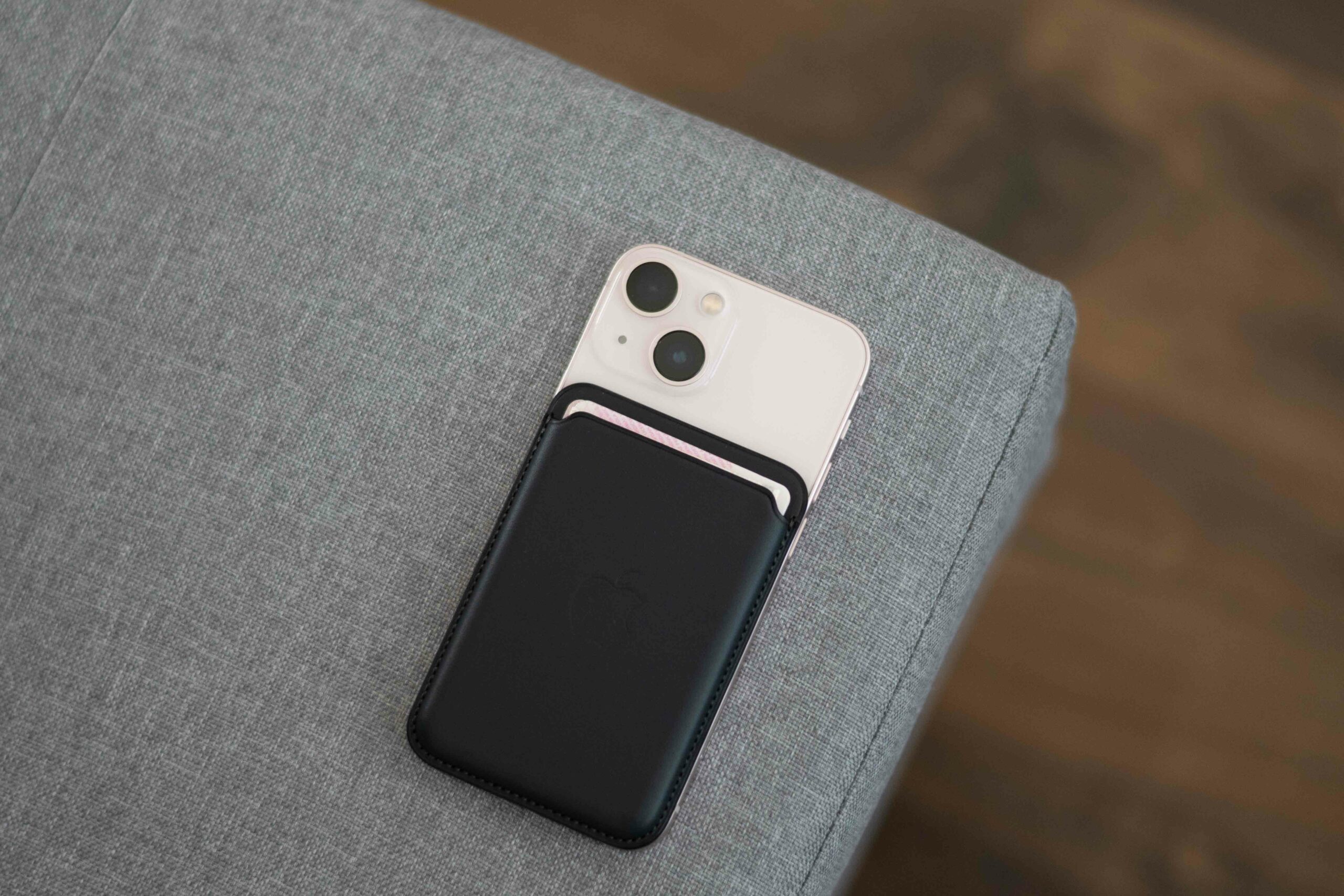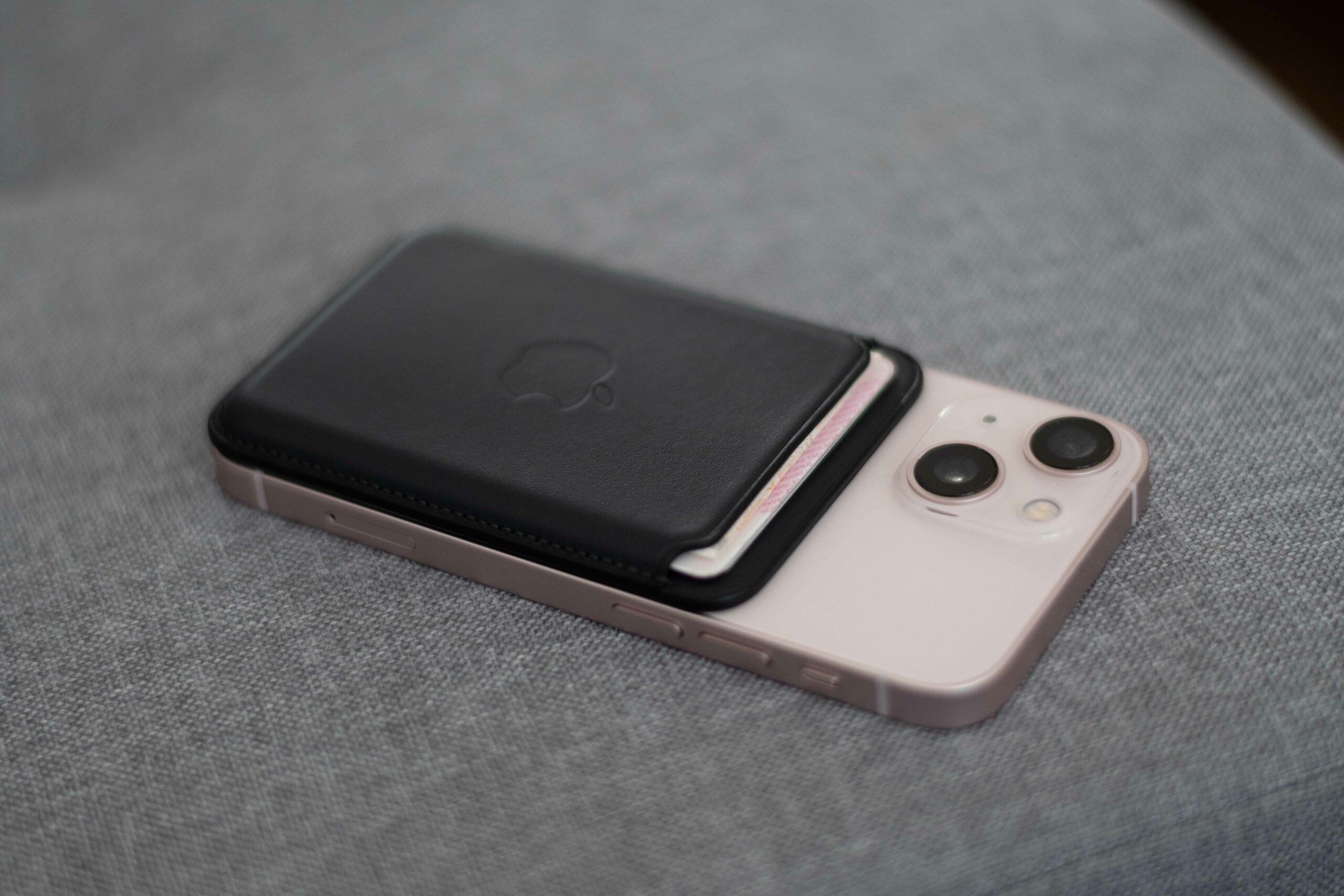Wireless charging has been with us for quite a few years, when Apple specifically first added it to the iPhone 8 and iPhone X. MagSafe was then introduced by Apple in 2020 with the iPhone 12. After being inspired by this technology in particular by Chinese manufacturers, it eventually there will be a certain standard, in the case of Qi2.
Qi is a standard for wireless charging using electrical induction developed by the Wireless Power Consortium. MagSafe is a patented, magnetically attached wireless power transfer and accessory connection standard developed by Apple Inc. Qi2 is then supposed to be wireless charging supplemented with magnetic elements, so it actually draws on Apple's idea. And since Qi is used across the mobile market, practically all Android phone manufacturers will benefit from MagSafe.
Although MagSafe is a name for a feature we know well, it's basically nothing more than wireless charging with a ring of magnets around the coil. These have the task of holding the charger in place so that the devices are ideally set up and there are as few losses as possible. Of course, magnets have other uses in the case of holders and other accessories.
It could be interest you

What is it really about?
WPC has developed a new "Magnetic Power Profile" which is supposed to be at the core of Qi2 and is meant to ensure that devices are perfectly aligned with each other, achieving not only better energy efficiency but also faster charging. It is actually exactly what MagSafe can and does already, because it is MagSafe with compatible iPhones that will offer 15 W instead of only 7,5 W, which is present in Apple phones in the case of Qi charging. At the same time, Qi also offers a maximum of 15 W for Android, but if magnets are used, the door is said to open for higher speeds, thanks to the more precise positioning of the phone on the charging pad.

According to WPC Executive Director Paul Struhsaker, "Qi2's perfect alignment improves energy efficiency by reducing the energy losses that can occur when a phone or charger is not perfectly positioned." There's also a mention of reducing e-waste. So everything to the point still refers to copying Apple's MagSafe, which shows its genius even after more than two years since we have this solution here.
The first phones with Android already this year
Apple has no reason to accept this, or to rename its technology in any way, even though such an iPhone 15 should be compatible with Qi2. It will be more associated with Android phones, but also in the case of accessories such as TWS headphones and theoretically smart watches. The standard should be formally introduced sometime during the year, when the first phones with Qi2 should be available this Christmas season. No one has yet officially confirmed whether or not they will integrate Qi2 in their products, but it is logical. By the way, WPC counts 373 companies, among which are not only Apple, but also LG, OnePlus, Samsung, Sony and others.
It can be expected that with the arrival of Qi2, Qi will clear the field and will not be integrated in any way. So Jamile will support wireless charging devices, probably a new generation already, which makes sense. For now, Qi2 devices can work well with MagSafe chargers and traditional Qi-enabled chargers, but they don't necessarily get all the improvements of the new standard. We don't know if Qi2 will provide iPhones with more than 7,5W anyway, although that decision is likely up to Apple alone.
It could be interest you
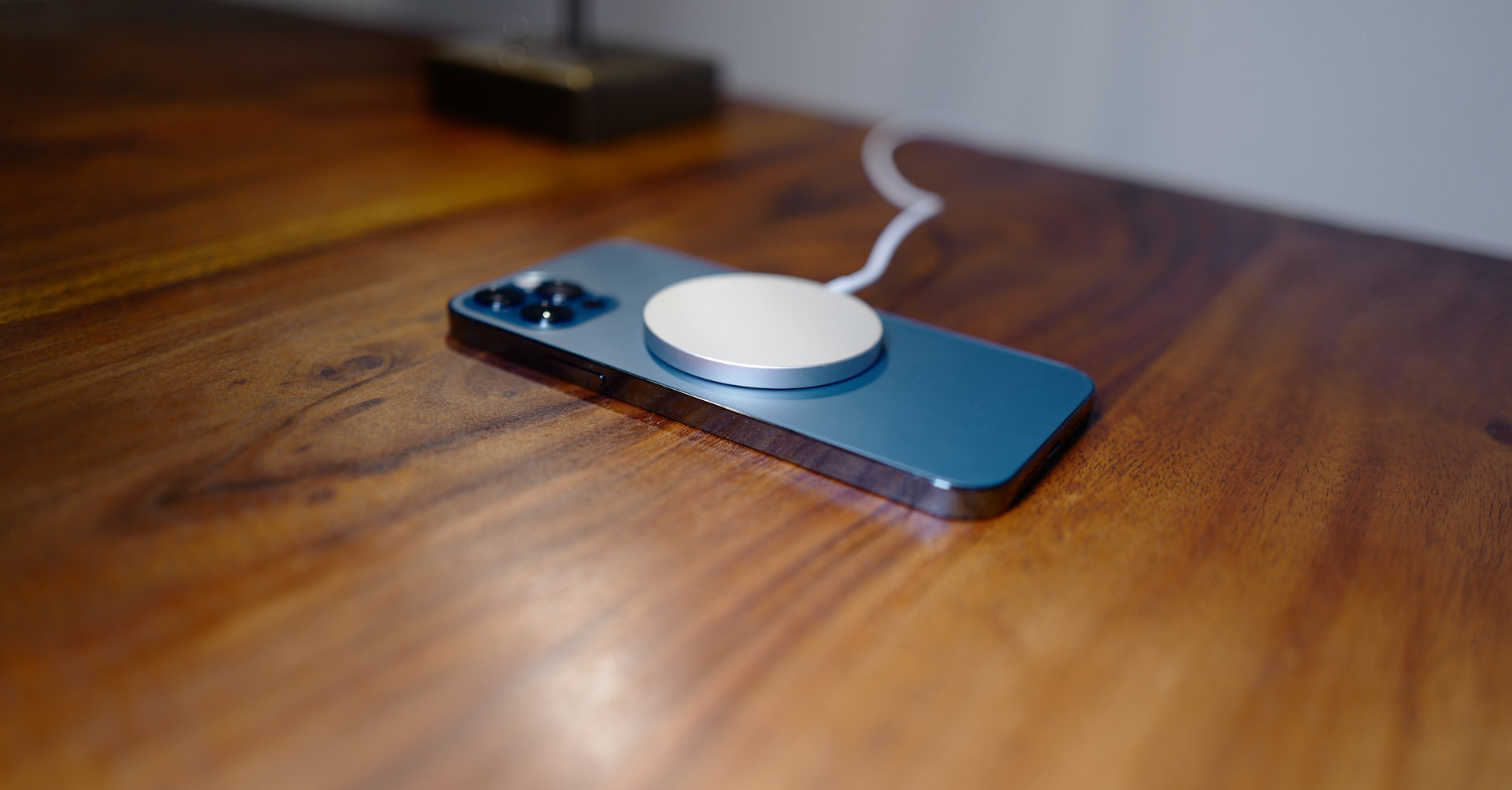
Even if we, i.e. iPhone owners, take wireless charging for granted, it is still not so clear-cut for Android manufacturers. Practically, only the top models of individual brands contain it, even in the case of Samsung. After all, you can look at what all Android phones support wireless charging in this article. The new standard also wants to force manufacturers to integrate wireless charging into their phones more often.


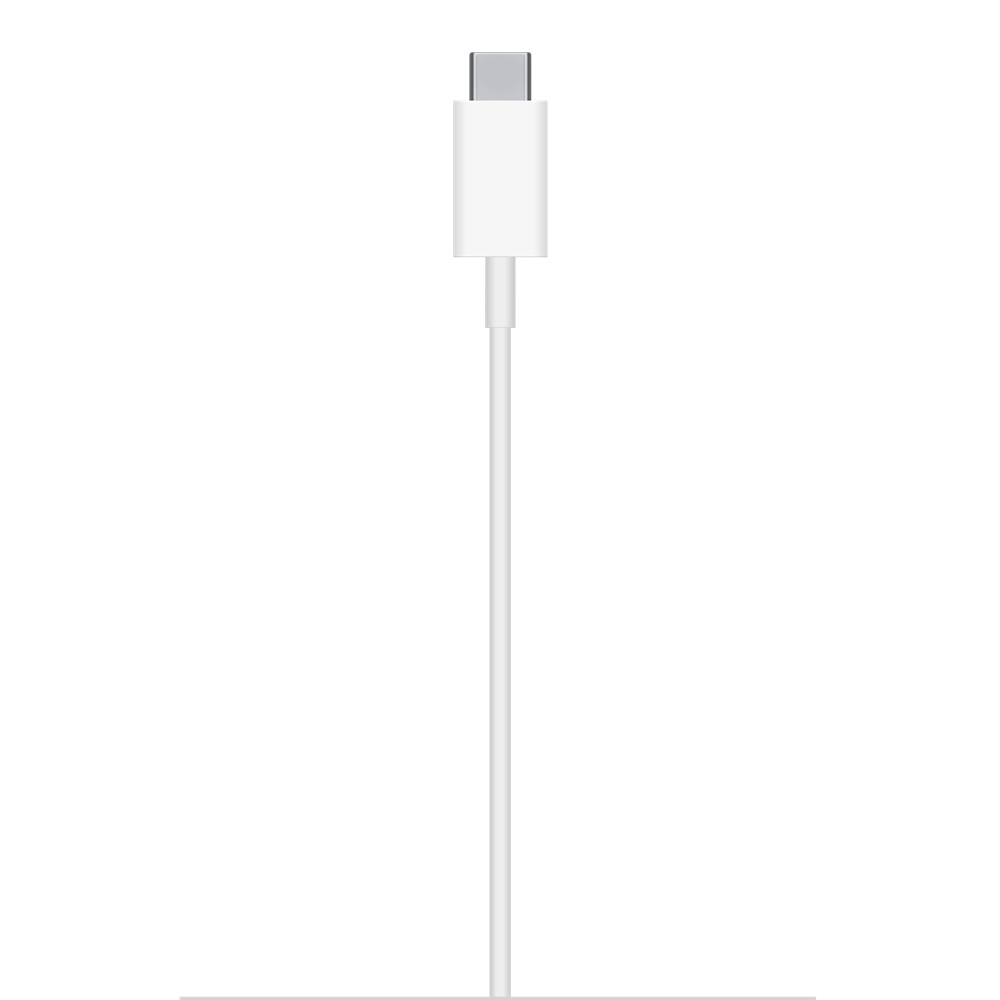
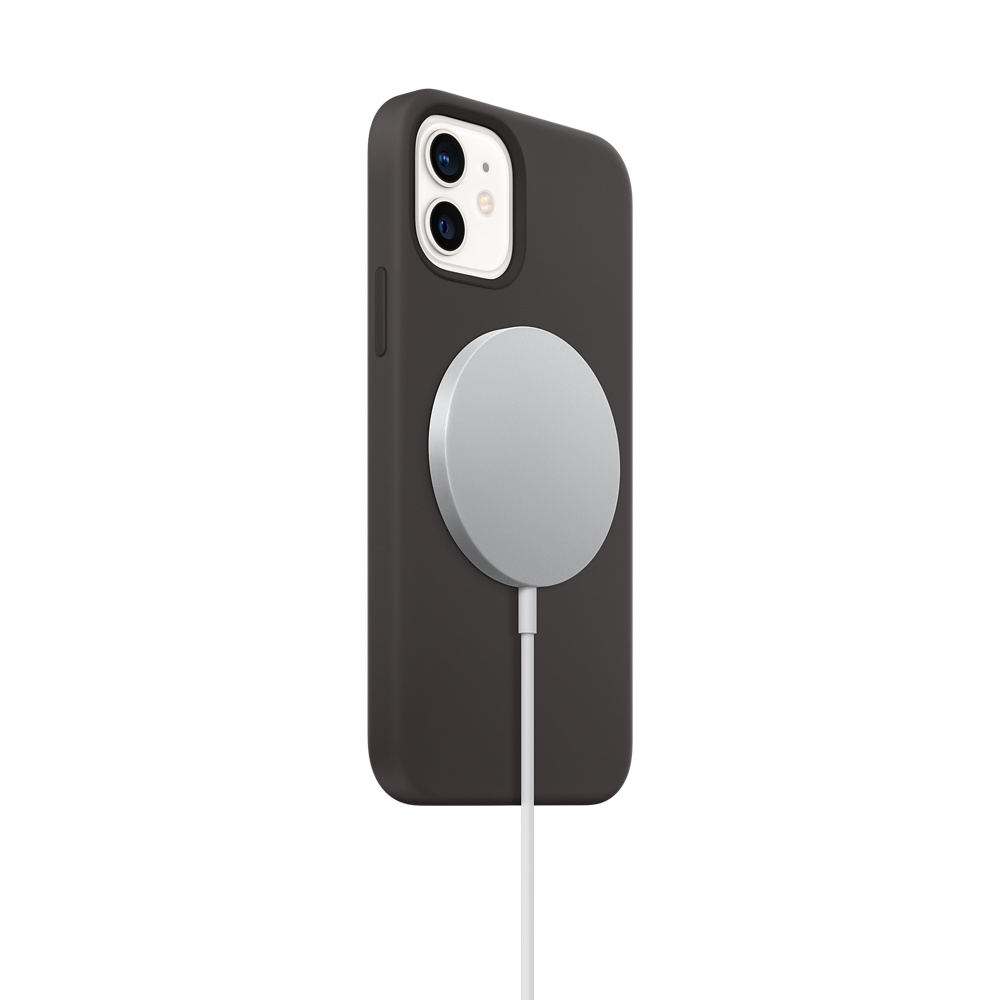
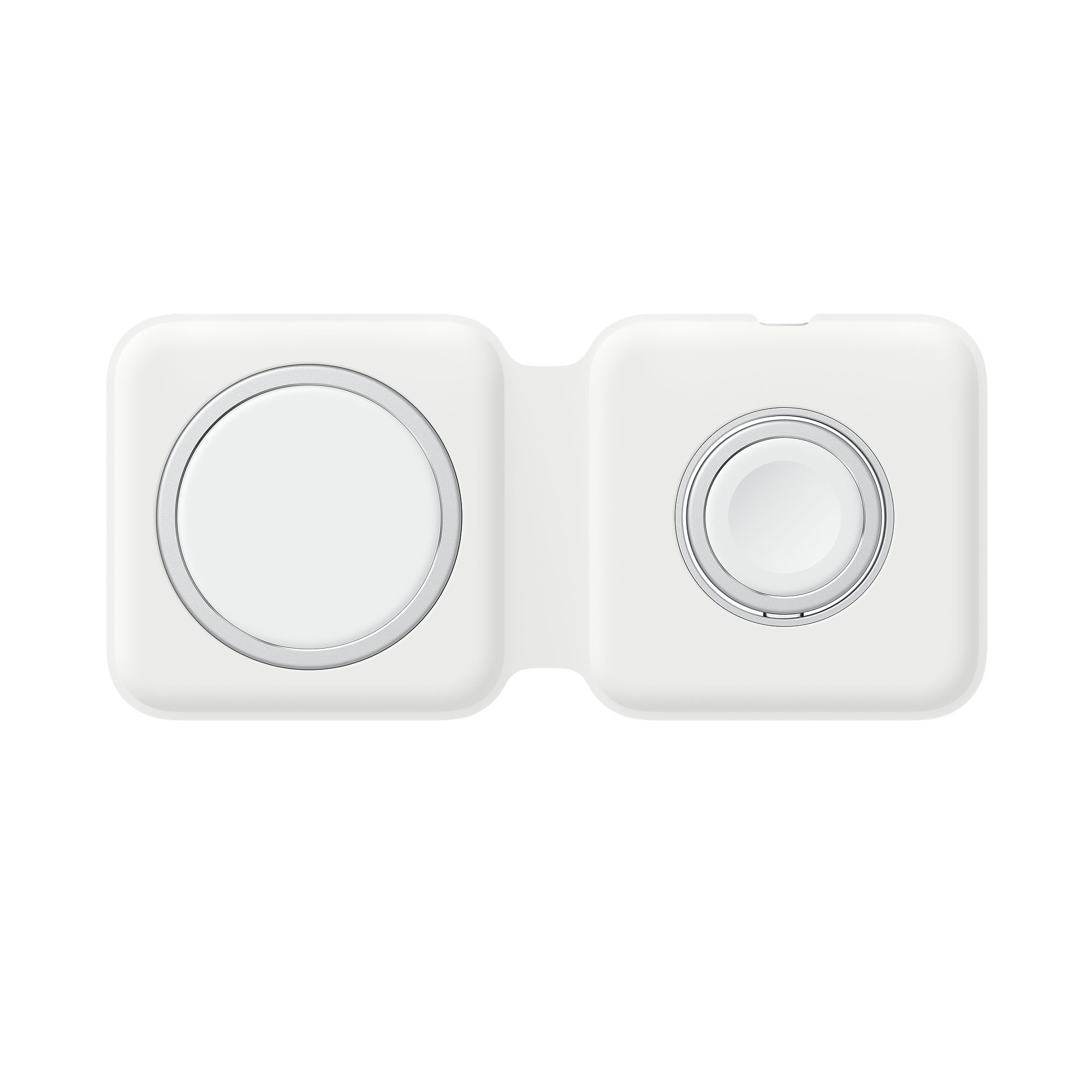
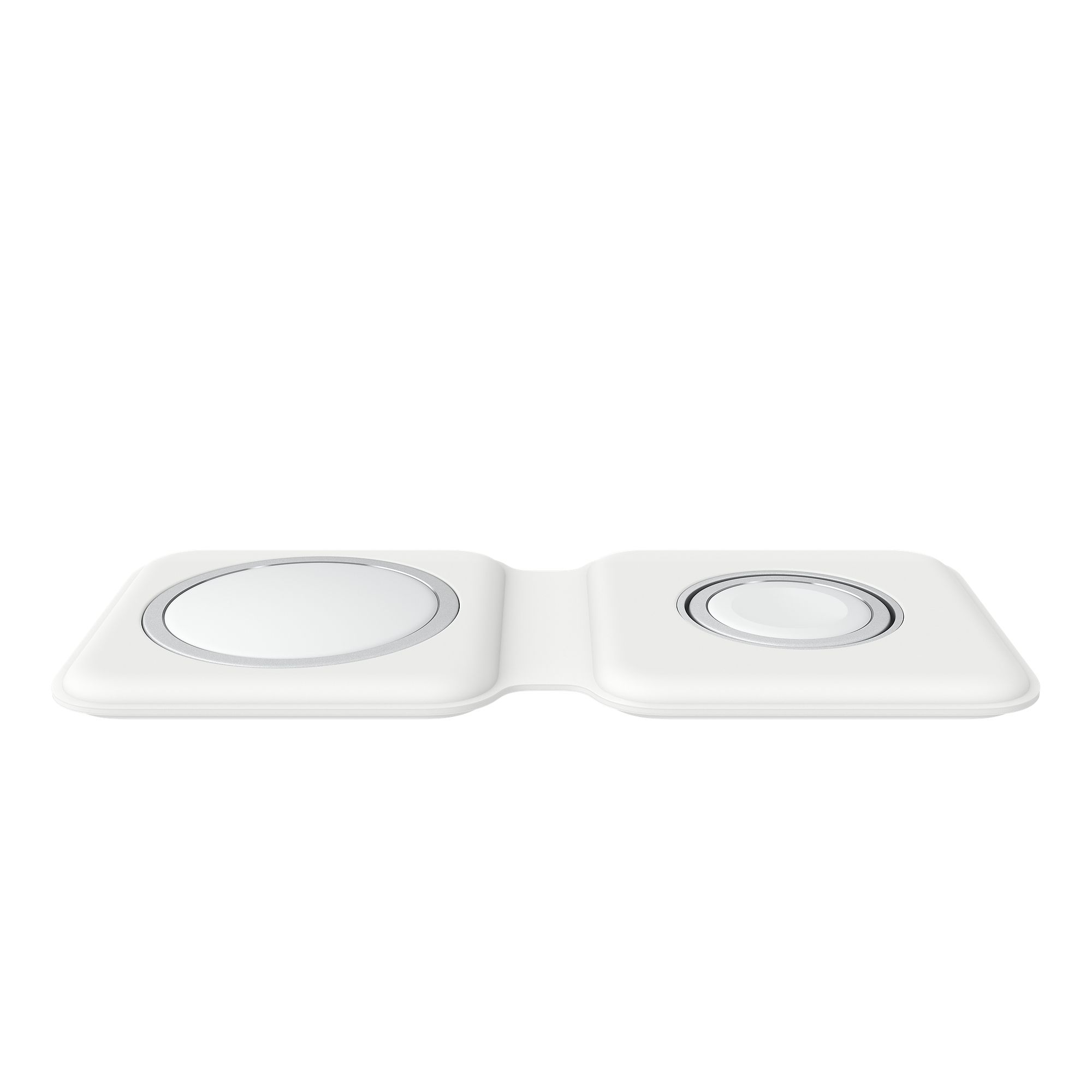
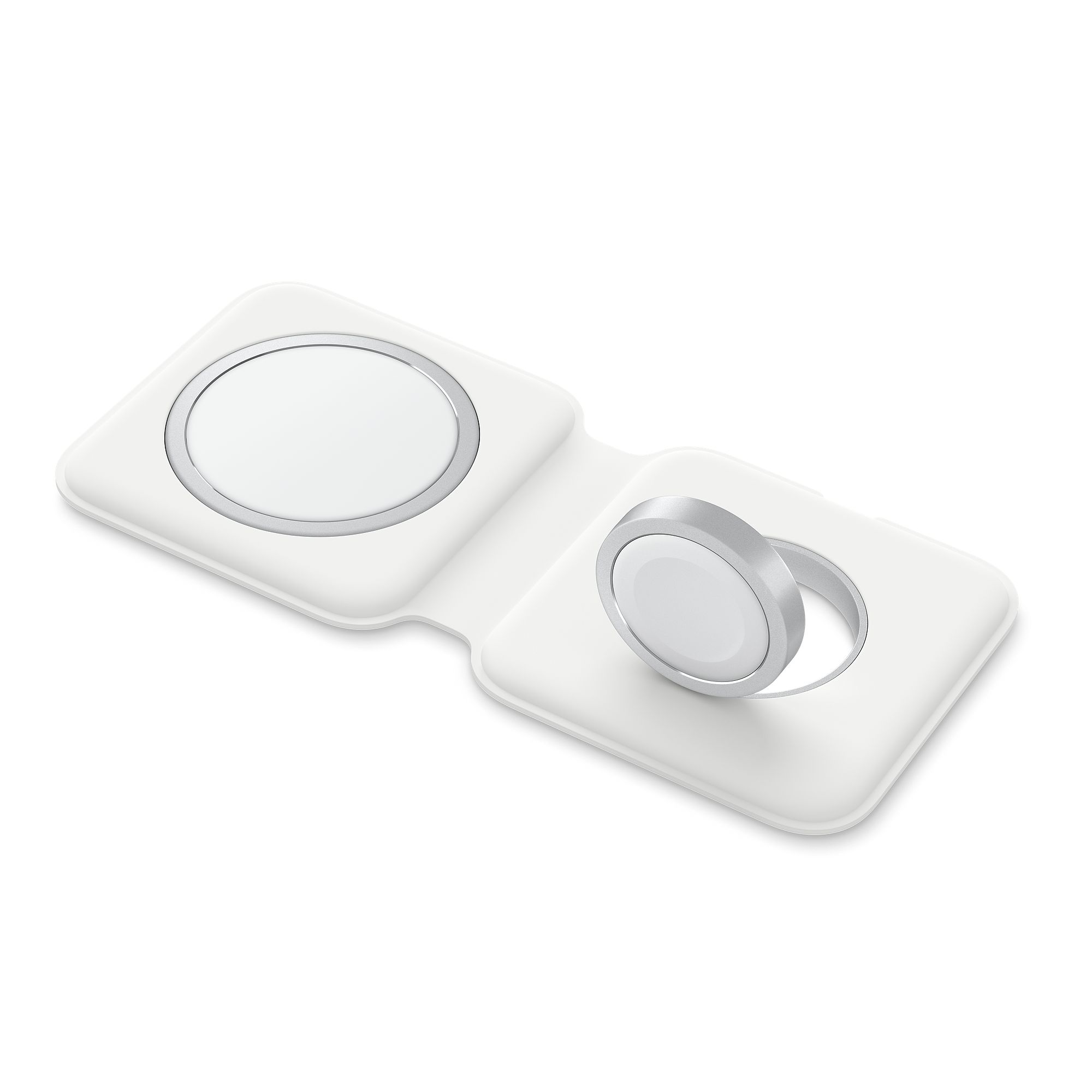
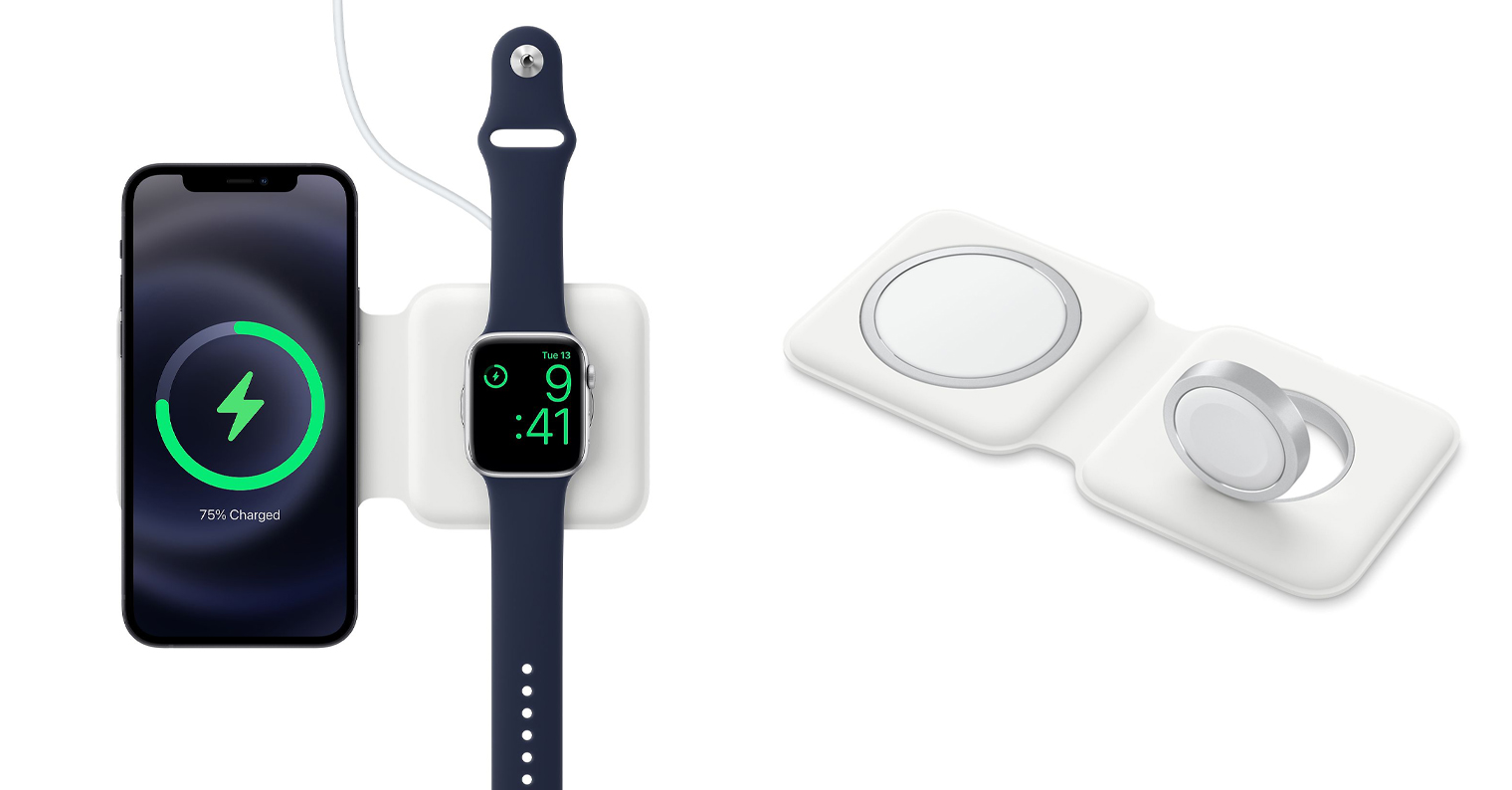
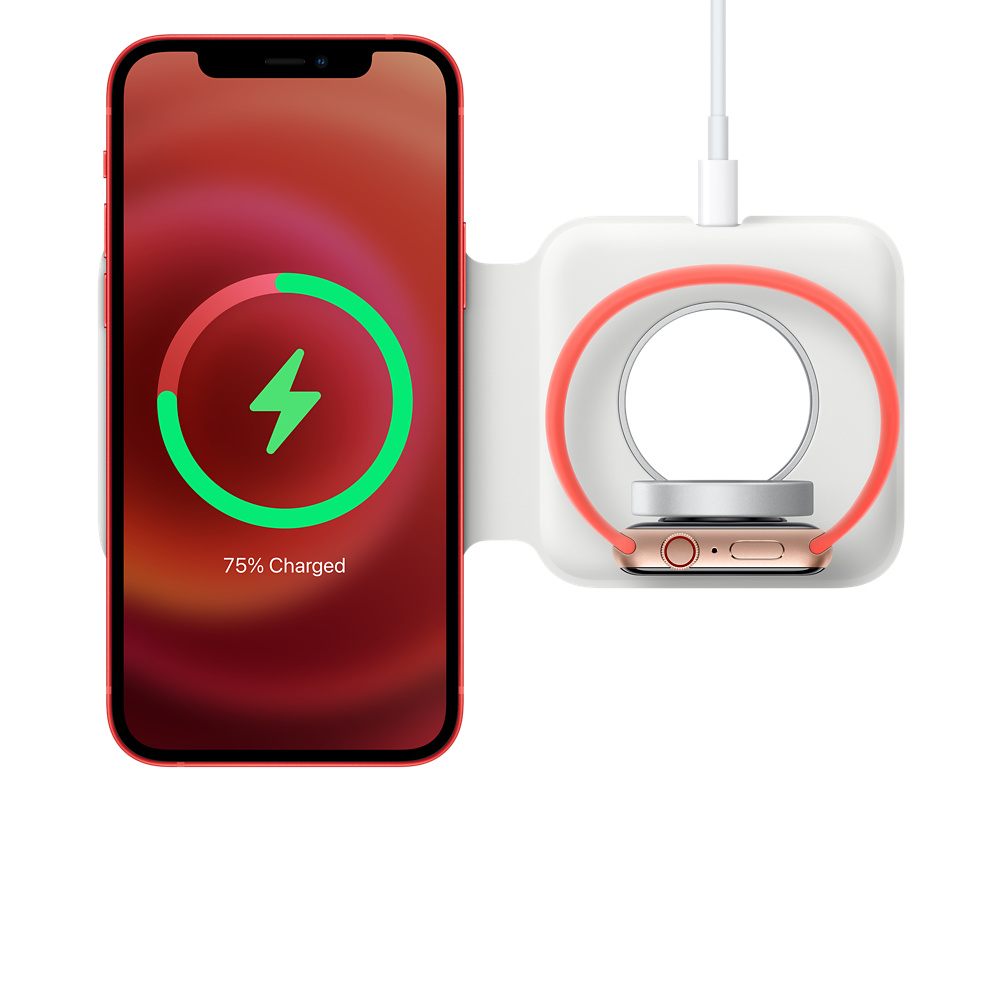
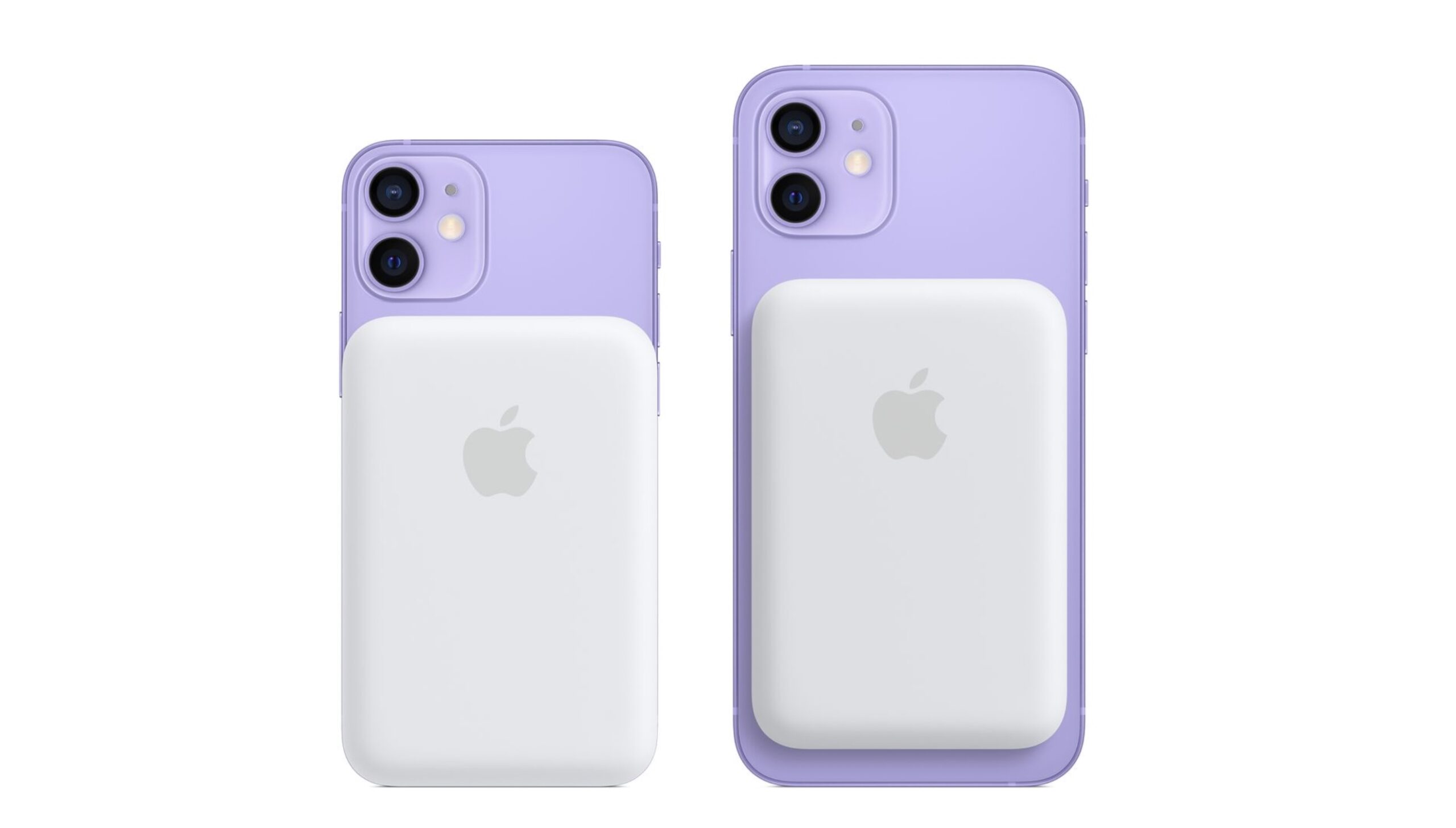
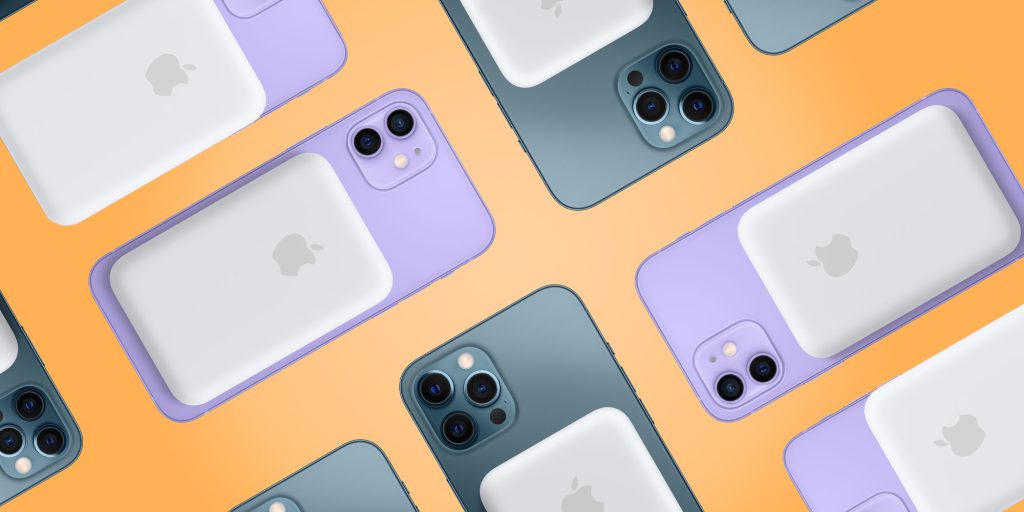
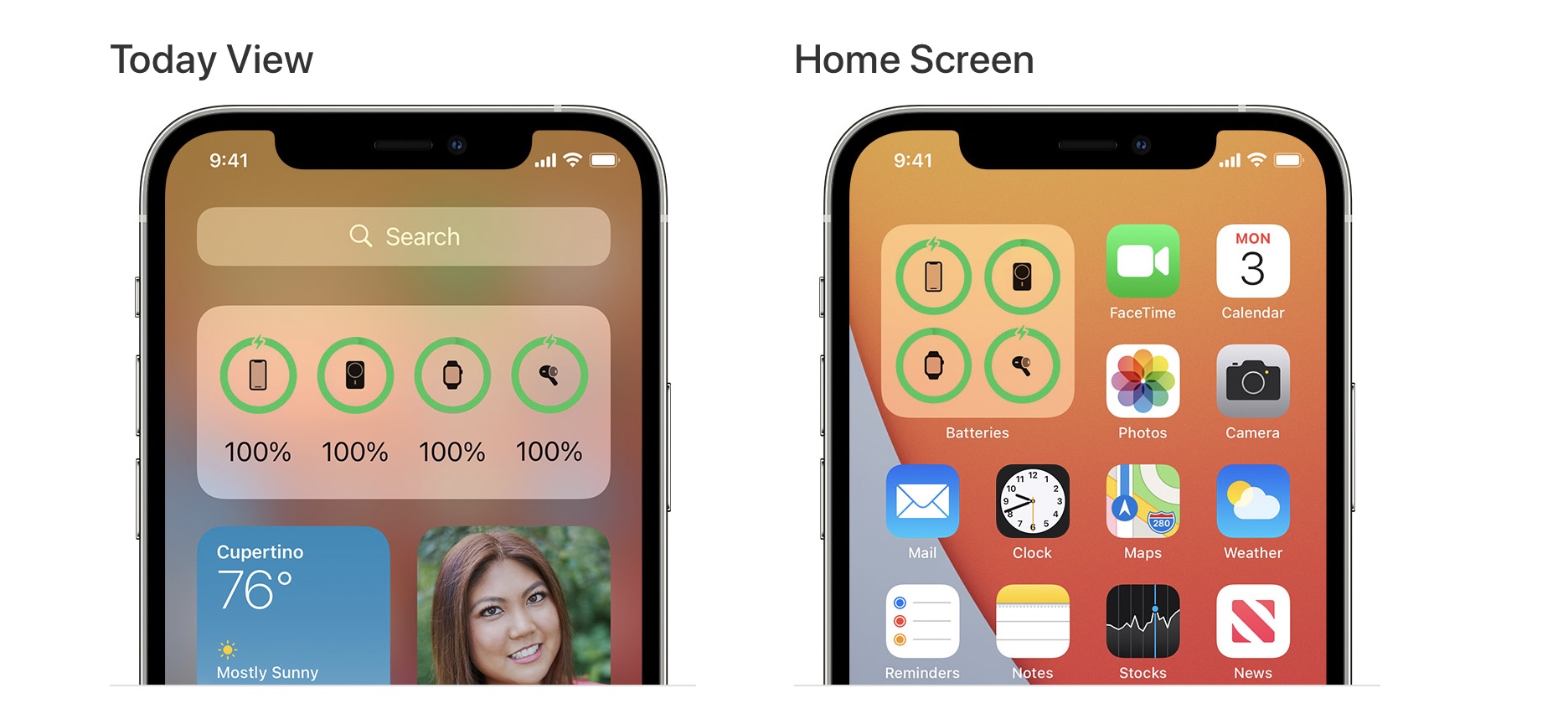
 Adam Kos
Adam Kos 